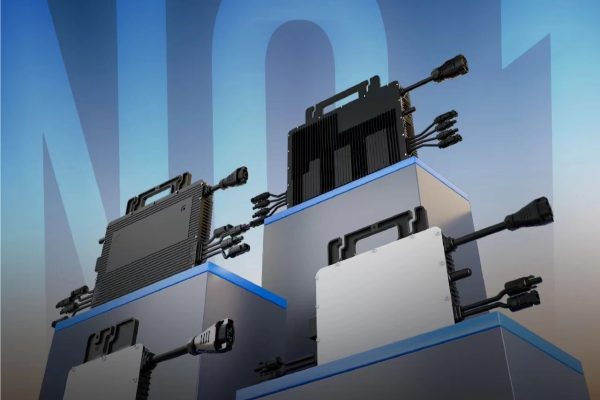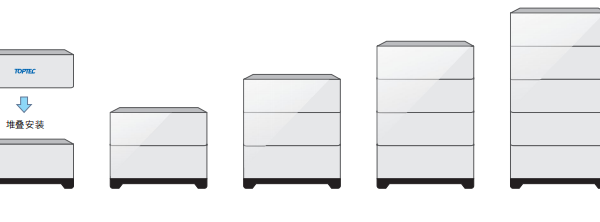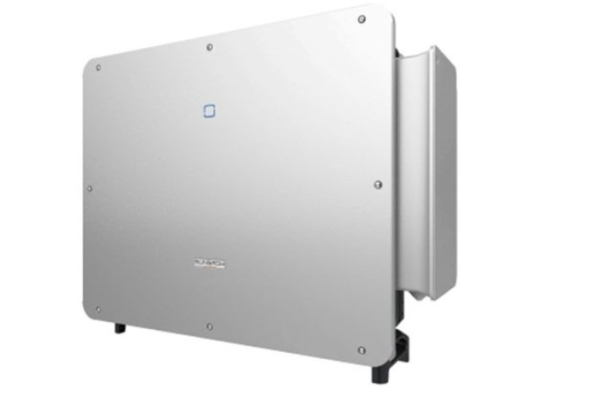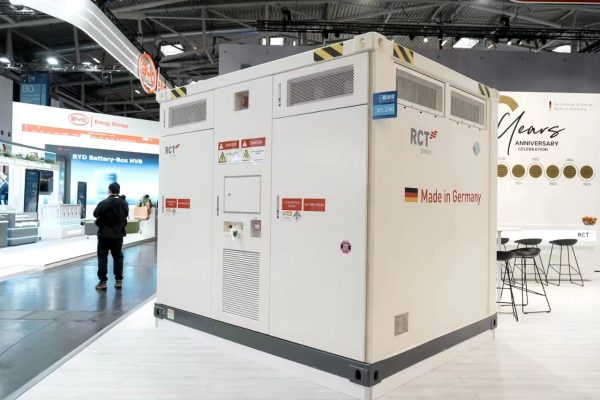Why Communication Protocols Matter in Today’s Solar + Storage Projects
Introduction: “Will This Inverter Work with My Battery?”
This question comes up every day in the field.
You’ve selected a hybrid inverter. The battery looks good on paper. But now comes the real question — can they talk to each other?
At the heart of this issue is one thing: communication protocols.
In the last decade, hybrid inverters have shifted from simple analog controls to multi-layered digital communication stacks — and the choice of protocol (CAN, RS485, WiFi, etc.) now determines everything from system stability to remote visibility.
Let’s unpack how these protocols work, how they’ve evolved, and what you need to know when designing or sourcing small to mid-scale energy storage systems.
1. Why Communication Protocols Matter in Storage Systems
Modern battery inverters are more than power electronics — they’re coordinators between solar input, battery output, load behavior, and sometimes even the grid.
For this to work reliably:
- The Battery Management System (BMS) must exchange real-time data with the inverter
- The Energy Management System (EMS) may send charging or discharging instructions
- The user interface (WiFi or cloud) depends on accurate reporting
A mismatch in protocols can cause:
- No communication (battery not recognized)
- Fault alarms (“CAN lost” or “RS485 timeout”)
- Safety issues (e.g. inverter over-discharging battery)
- Reduced lifespan or warranty conflicts
2. RS485: The Workhorse of Early Battery-Inverter Communication
RS485 is a wired, serial communication protocol using a twisted pair cable. It was widely adopted due to its:
- Long-distance capability (up to 1 km)
- Noise resistance
- Simplicity and cost-effectiveness
It is often used with Modbus RTU, a common language layer on RS485.
Use Cases:
- Legacy inverters with lead-acid or early lithium batteries
- Basic SoC reading and charge/discharge commands
- Modbus-based control via PLCs or industrial interfaces
Limitations:
- Point-to-point or simple daisy-chain only
- Limited speed and data structure
- Often requires manual register mapping
- Susceptible to communication dropouts without CRC handling
Where RS485 still fits:
- Industrial or isolated sites where wired robustness is more important than speed
- Systems with basic charge/discharge control
3. CAN Bus: The Modern Standard for BMS-Inverter Communication
Controller Area Network (CAN or CANbus) originated in the automotive industry and has become the preferred protocol for lithium battery communication.
Why CAN is superior for batteries:
- High-speed, multi-node communication (up to 1 Mbps)
- Better error checking and prioritization
- Efficient transmission of SoC, SoH, voltage, current, temperature, warnings, etc.
- Natively used in most LFP/NMC battery BMS designs
Use Cases:
- All modern lithium batteries, especially LiFePO₄
- Smart hybrid inverters with built-in CAN ports
- Systems with dynamic current control (e.g. EV, peak shaving)
Compatibility tip:
Many inverter brands now publish battery protocol lists — i.e., “Battery A CAN protocol supported in firmware vX.X.”
Challenges:
- Incompatibility across manufacturers (“Proprietary CAN”)
- No universal plug-and-play
- Requires aligned baud rate, pin definition, and frame format
Best practices:
- Choose batteries with “CAN protocol matched to inverter”
- Look for inverters supporting CAN auto-detection
- Keep CAN cable length ≤5 meters for noise avoidance
4. WiFi and Cloud Protocols: Beyond the Wiring
WiFi itself is not a control protocol — it’s a transmission layer to connect inverter data to cloud platforms or apps.
However, it plays a key role in:
- Remote monitoring (PV generation, battery SoC)
- Firmware updates (which often improve protocol handling)
- Remote troubleshooting via portals (e.g., GoodWe SEMS, Growatt Shine)
Pros:
- Customer-friendly, mobile access
- Easy to integrate with smart home systems
Cons:
- Cannot replace CAN or RS485 for battery communication
- Dependent on stable internet access
- May delay real-time control (cloud latency)
Pro tip:
Use WiFi for visibility, not control logic. Always ensure local protocol (CAN/RS485) is stable first.
5. Practical Scenario: A 10kWh System with Compatibility Issues
Setup:
- 10kWh LFP battery (CAN-based BMS)
- 5kW hybrid inverter (supports both CAN and RS485)
- User reports: Battery not recognized
Diagnosis:
- Battery BMS uses proprietary CAN protocol version 2.2
- Inverter firmware only supports v1.8
- Tried RS485 — no communication
- Customer using WiFi app sees no battery data
Fix:
- Updated inverter firmware to support v2.2
- Verified CAN pinout (swapped TX/RX)
- Communication successful — SoC now live
- WiFi now shows correct data in app
6. What This Means for Small Project Buyers
As a small project buyer — whether you’re an installer, integrator, or direct system owner — the communication protocol matters as much as voltage and capacity.
Before purchase:
- Ask for the battery protocol type and version
- Confirm inverter firmware supports that version
- Ask vendor if they’ve tested the pairing before
For system suppliers and trade partners:
- Pre-configure compatible pairs
- Offer a reference chart: “Which battery works with which inverter (via which protocol)”
- Provide support tools: CAN cables, firmware files, wiring guides
7. Looking Ahead: Toward Universal Plug-and-Play?
Several industry efforts aim to standardize battery-inverter communication, such as:
- SunSpec Modbus over RS485 or CAN
- OpenEMS and modular EMS frameworks
- Smart Energy Profiles (via Zigbee, WiFi)
But adoption is still fragmented. For now, compatibility still depends on selecting the right pair — and testing them before shipping.
Summary: Protocols Are the Backbone of ESS Reliability
Communication protocols like RS485, CAN, and WiFi are invisible to end users — until something goes wrong.
For modern small-scale PV + storage systems:
- CAN is the default for lithium BMS-inverter communication
- RS485 still works for legacy or industrial systems
- WiFi/cloud is great for monitoring, but never replace local protocol
The smarter your system is, the more dependent it is on smooth protocol integration. Helping clients choose the right match — and configure it correctly — is where your technical edge shines.









